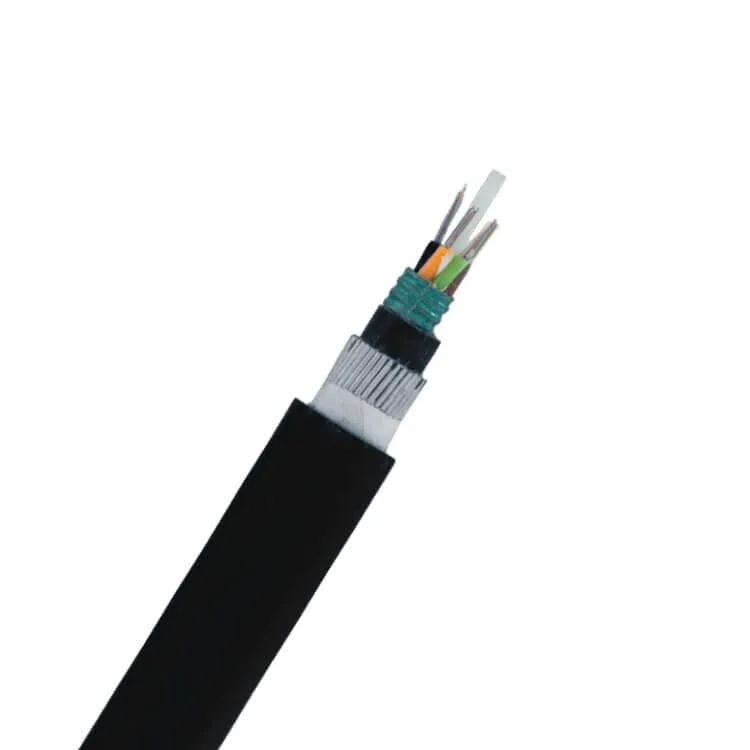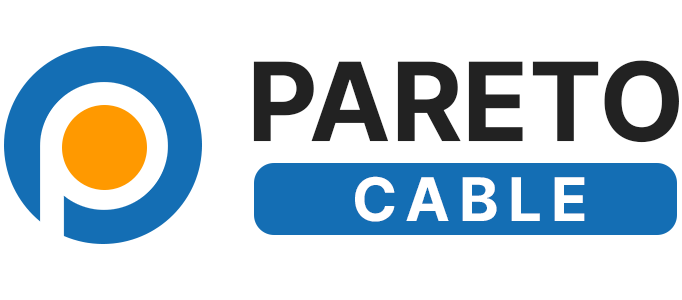What is Direct Buried Fiber Optic Cable?
Direct buried fiber optic cable is designed to be installed directly in the ground without the need for extra protective conduits. This makes it a great choice for long-distance communication lines or areas where installing conduit would be too expensive or impractical. The cable’s tough exterior protects it from environmental conditions like moisture, extreme temperatures, and physical stress, ensuring reliable data transmission over long distances.

Key Features and Benefits
The main advantage of direct buried fiber optic cable is its durability. Unlike standard cables, which need additional protection, these cables are built with a strong outer layer that shields the delicate fiber strands inside. The robust jacket typically resists physical damage, chemicals, and extreme weather conditions. Many cables also come with water-resistant coatings to prevent moisture from interfering with the signal.
Another benefit is cost savings during installation. Since no conduit is needed, both labor and material costs are lower. This also speeds up the installation process, making it ideal for large-scale projects or areas with difficult terrain.
Where is it Used?
Direct buried fiber optic cables are commonly used in telecommunication networks, data centers, and industries requiring fast, reliable internet connections. They’re also useful for linking remote areas, as they can be buried with minimal disruption to the environment. Municipalities or regional networks often use this type of cable to handle high-volume data transmission.
Final Thoughts
While direct buried fiber optic cables offer many benefits, it’s important to consider factors like soil type, burial depth, and potential future digging before installation. Proper installation and maintenance are key to ensuring the cable performs well over time. As demand for high-speed communication grows, direct buried fiber optic cables remain a vital part of modern network infrastructure.
